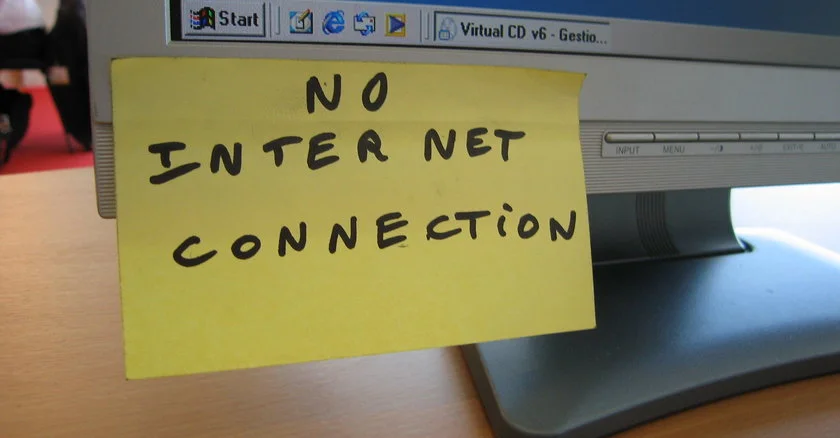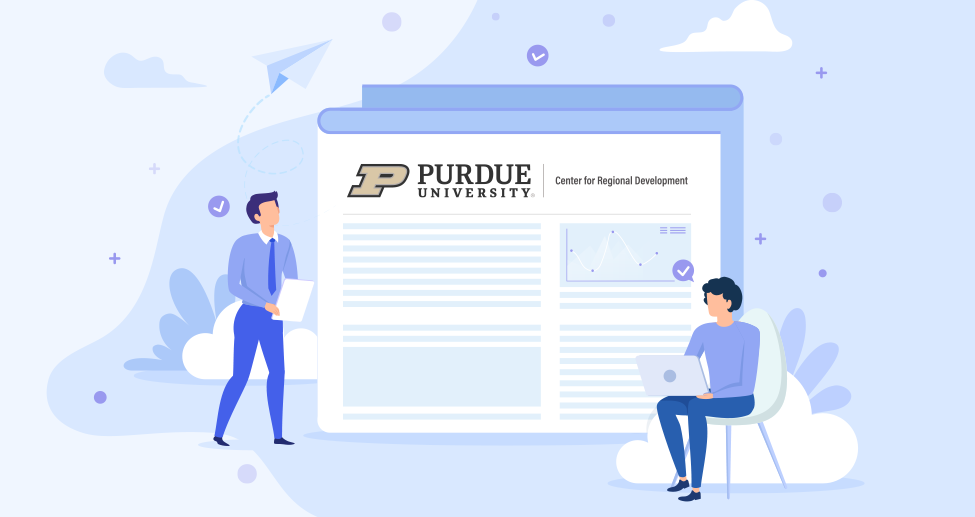How Can Universities Help Close the Digital Divide?
May 4, 2022

Photo: Slow or unreliable Internet access is a reality for millions of Americans.ben dalton/Flickr
Institutions such as Carnegie Mellon, Purdue, the University of North Carolina at Greensboro and the University of Missouri are leading projects with community partners to expand high-speed Internet access.
With Internet connectivity now viewed as a public necessity for telework and education, universities across the U.S. are partnering with local governments and community organizations on initiatives to expand broadband access and close the digital divide once and for all.
Much of these efforts involve working with local and state leaders to identify areas most in need of resources, which was the focus at Purdue University’s Center for Regional Development, where officials created data tools such as Purdue’s Digital Divide Index to identify key barriers to technology adoption in regions throughout Indiana. According to Director Roberto Gallardo, the aim is to pinpoint where the digital divide is most pronounced, as well as its main causes and strategies to close it.
“We generate a lot of information to turn around and help communities better understand their digital landscape,” he said. “This is to understand which areas of their communities have a higher share of homes without devices, a higher share of homes relying on data only.
“The Digital Divide Index considers socioeconomic indicators, like which areas of your county have higher poverty, disability or seniors,” he added. “These are variables that we know affect technology adoption.”
Gallardo said the university recently surveyed residents to gain a deeper understanding of their concerns relating to costs and service satisfaction, as well as the scope of issues such as the K-12 homework gap that has increased amid shifts to and from remote learning during COVID-19. He said the center also works to spread awareness about broadband access and digital literacy programs in underserved communities throughout the state.
“We partnered with communities last year to develop surveys. The community deploys the survey, and we analyze the data and prepare a report,” he said of the center’s ongoing focus on education efforts. “We try to jumpstart meaningful conversations, and we provide data to make planning a little better or easier.”
Read the full story here.

